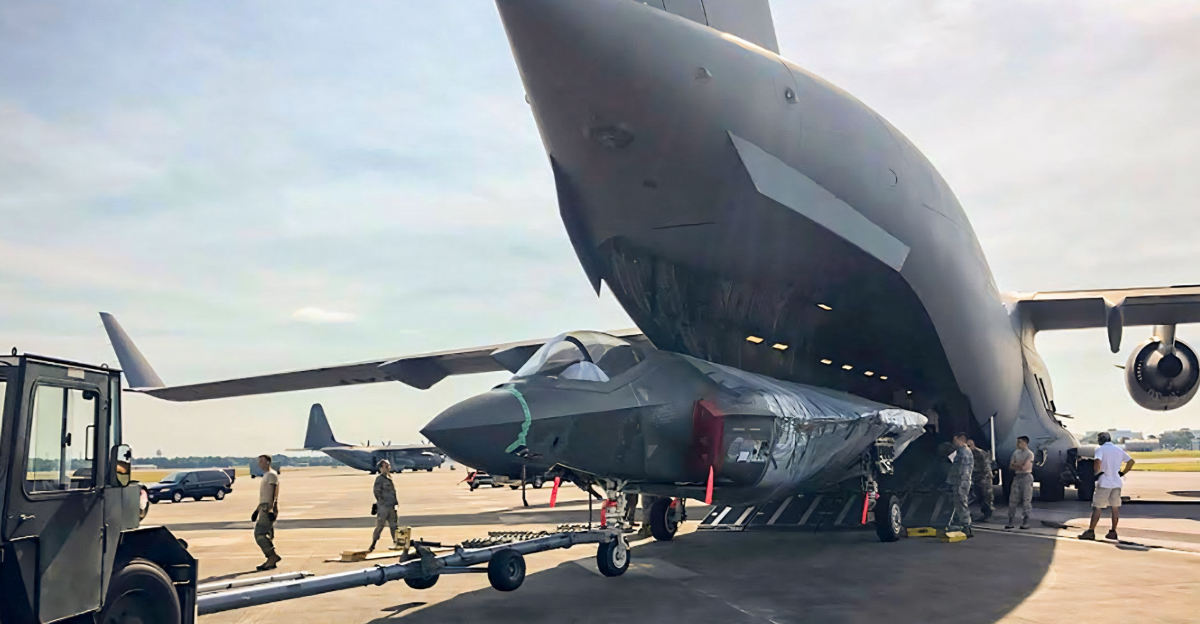
The actual scope and complexity of Native American power structures are frequently ignored by the dominant narrative. The majority of stories about the strongest tribe in history center on their survival in the face of overwhelming odds or their resistance to European colonization. These hopes were dashed, though, by the Comanche, who established an empire that ruled the southern Great Plains for more than a century.
The establishment and defense of a Native American empire that challenged European powers is the subject of this little-known tale, which goes beyond simple warfare. Furthermore, the Comanche’s story challenges us to reevaluate the criteria by which history evaluates power. The Comanche example shows a complex, dynamic society that exercised power on its own terms, rather than only seeing Native tribes as victims or marginalized.
The Lords of the Plains: The Comanche Ascendancy
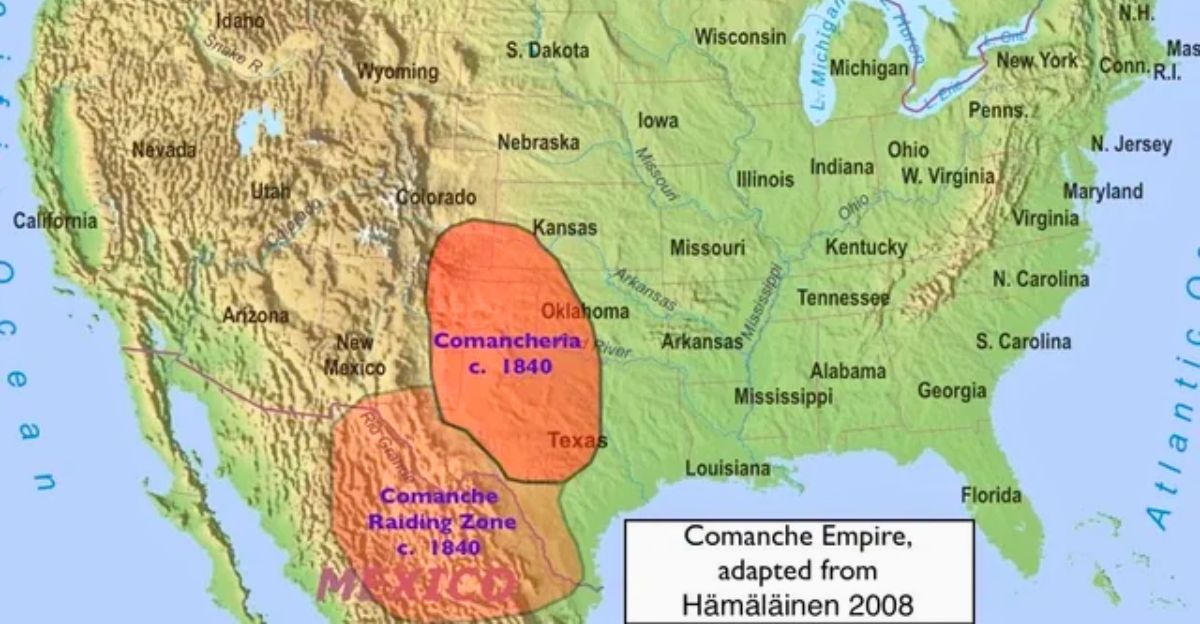
The southern Great Plains, which they dubbed Comancheria, was ruled by the Comanche without question in the 18th and 19th centuries. Their 250,000 square mile territory included what is now Kansas, Colorado, Oklahoma, New Mexico, and Texas. The Comanche were nomadic and mastered the horse, making them the most powerful mounted warriors in North America, in contrast to sedentary agricultural tribes.
The Comanche had economic, cultural, and territorial dominance over this enormous region. By imposing tribute on weaker tribes, controlling access to vital resources like buffalo herds, and regulating trade routes, they essentially established a tributary system reminiscent of classical empires. Comanche raids influenced the political and economic climate of northern provinces in Mexico, demonstrating their influence there. European colonial aspirations were thwarted by this ascendancy, which also compelled a rebalancing of power in North America.
The Horse Revolution: A Revolution in Strategy
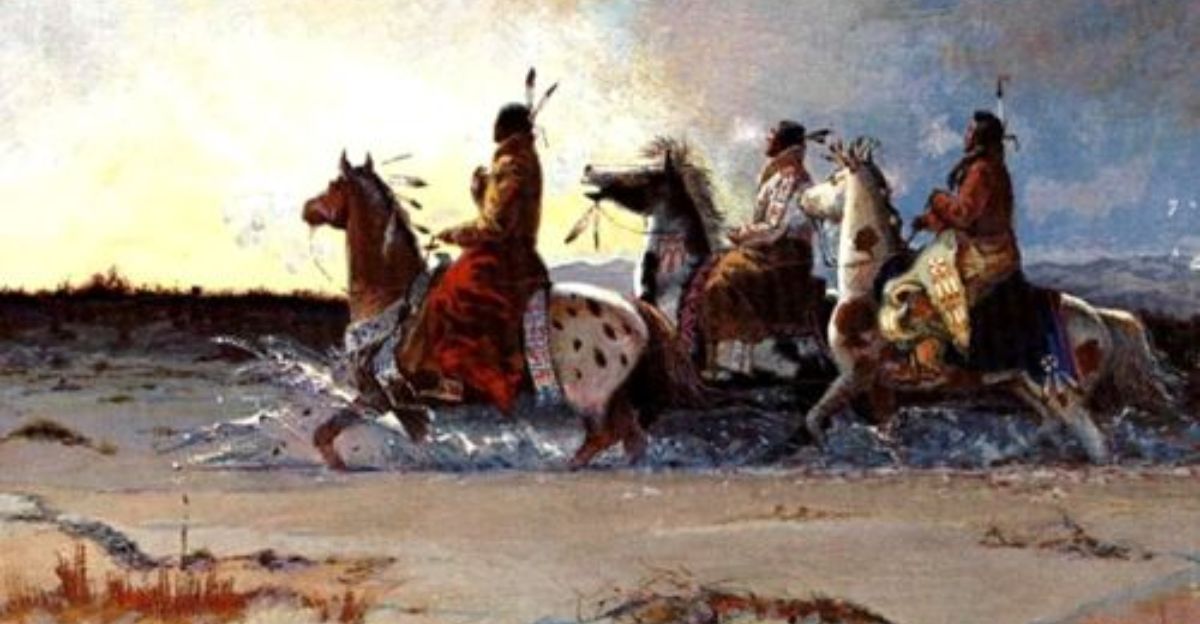
The Comanche’s adoption and mastery of the horse in the late 17th century served as a catalyst for their rise from a relatively unknown tribe to the most powerful Native American tribe. Originally brought by the Spanish, horses provided the Comanche with unparalleled mobility, enabling them to carry out lightning raids, hunt buffalo more effectively, and quickly enlarge their territory.
For the Comanche, the horse revolution had significant social and cultural ramifications as well. Gender roles were altered, with women handling the practicalities of a nomadic lifestyle and men becoming skilled riders and fighters. With wealth determined by the size of one’s herd, the horse came to represent prestige and authority. The Comanche were able to sustain their population and economy by more effectively exploiting the large herds of buffalo as a result of this transformation.
Military Expertise and Crusade Methods
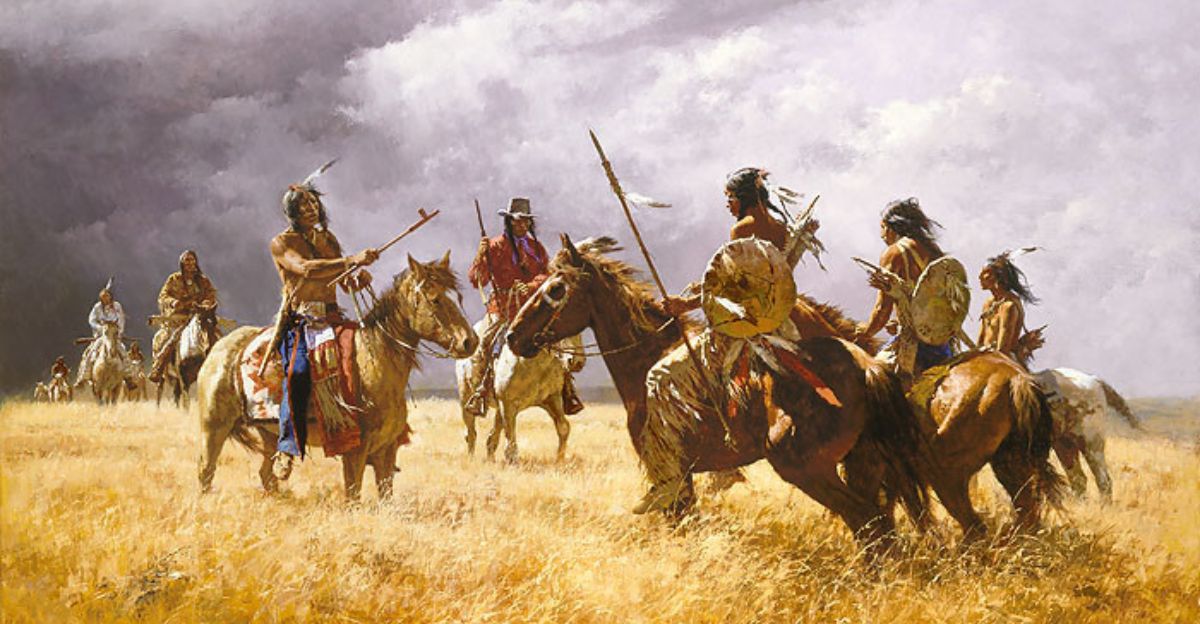
The Comanche’s unrelenting and inventive style of warfare was the foundation of their power. They frequently drove nearby tribes from their ancestral lands and wiped out their populations through their violent campaigns. Rapid raids, ambushes, and psychological warfare were among their military strategies, which terrified both Native and European enemies.
Their military was highly effective despite being decentralized, with bands functioning independently and cooperating when needed. Because of its adaptability and quick reaction time, this structure made it impossible for adversaries to anticipate their movements. Along with their innovative use of weapons, the Comanche also acquired firearms through raids and trade, which they skillfully combined with conventional strategies.
Masters of Trade and Diplomacy: Economic Power
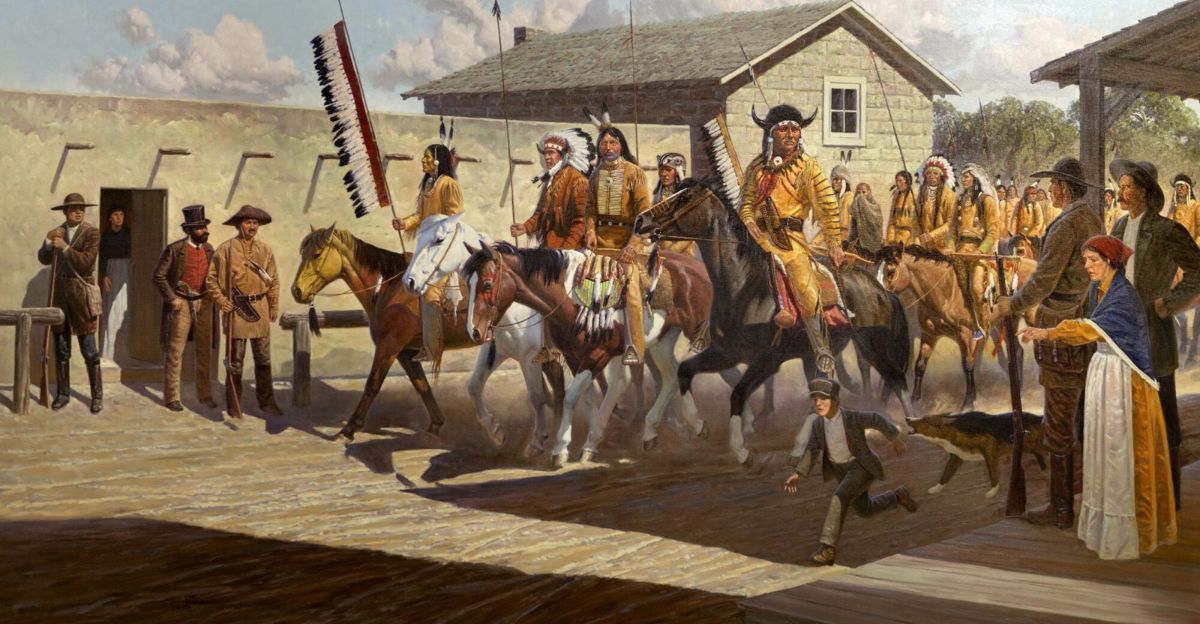
Comanche power was not limited to the battlefield. They acted as go-betweens for Mexican traders, European settlers, and other Native American tribes, controlling essential trade routes. Horses, bison products, and captives—which they exchanged for firearms, ammunition, and other items—were the primary sources of their wealth. The Comanche were skilled diplomats who used rivalries and alliances to uphold their power.
The intricate and extensive Comanche trade networks linked Mexico, the American Southwest, and even some areas of the eastern United States. They exerted influence over both Native and European trading partners by controlling the flow of goods, such as food supplies, horses, and weapons. They used a careful balancing act between negotiation and intimidation, forming short-term alliances when advantageous and taking advantage of rivalries between colonial powers and other tribes.
The Psychological Edge: Assimilation, Identity, and Fear

The Comanche’s reputation for violence was a purposeful psychological tactic rather than just a result of war. Their raids were intended to intimidate adversaries, deter opposition, and bolster their power. Many young captives became full-fledged Comanche members, and those captured during raids were either traded or assimilated into the tribe.
Assimilation was a strategic and intricate process; captives were frequently assimilated through marriage, adoption, and cultural education, strengthening social cohesion and increasing the tribe’s human resources. By erasing the distinction between conqueror and conquered, this practice produced a vibrant society that embraced diversity instead of eradicating it. The Comanche’s military success was both a cause and an effect of the fear they engendered, influencing the actions of both colonial powers and nearby tribes.
The Collapse: Illness, Conflict, and Empire Dissolution
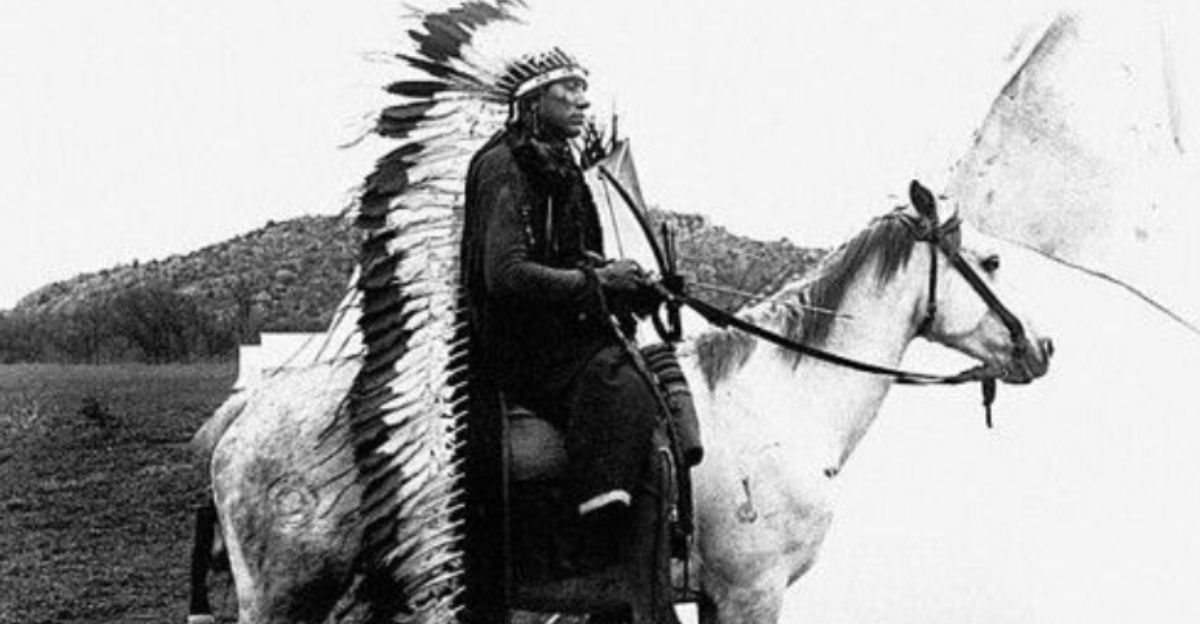
The Comanche were ultimately defeated by forces outside of their control despite their incredible strength. Their population was wiped out by European diseases like cholera and smallpox, which caused significant epidemics in 1816 and 1849 that cut their numbers in half. Their primary food source, the buffalo, was systematically destroyed by the US government, which made them even weaker. The Comanche were relentlessly targeted by the battle-hardened and technologically sophisticated US military following the Civil War.
The ecological basis of Comanche society was destroyed by the slaughter of buffalo, which was motivated by government policy and commercial hunters. Their economy, social structures, and capacity to support their population were all weakened by the loss of this resource. Their vulnerability was further exacerbated by internal factors, such as band divisions and the breakdown of traditional leadership.
Empire Builders, Not Victims: The Comanche
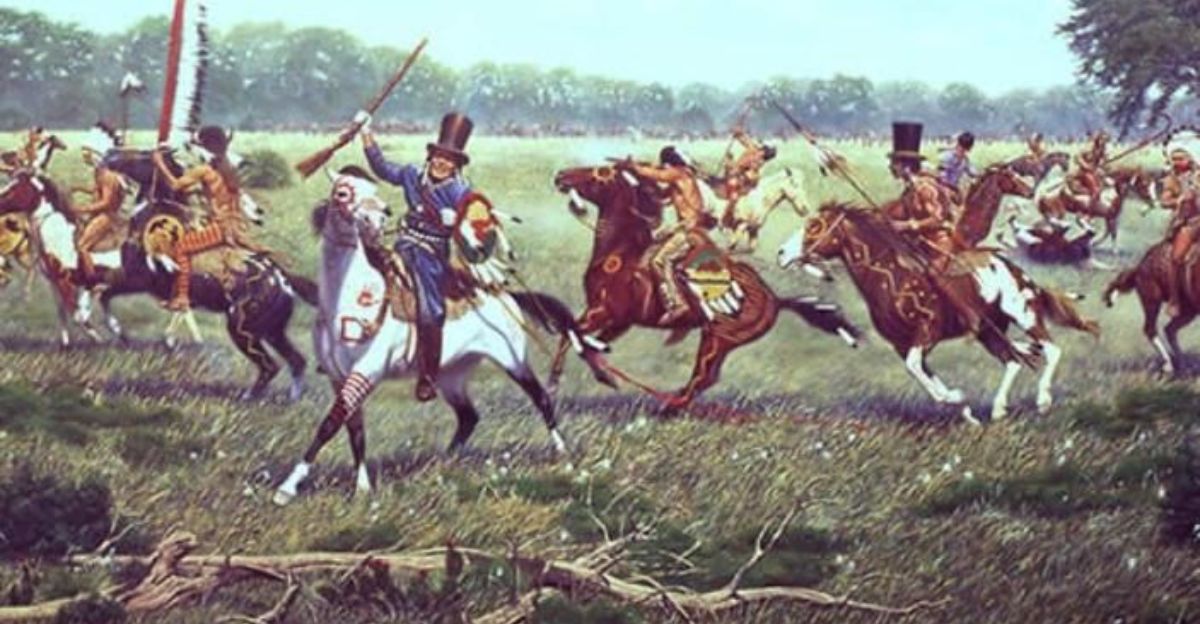
Native Americans are frequently portrayed by conventional wisdom as the exclusive victims of European expansion. This narrative is upset by the Comanche story. They actively built empires that influenced the course of the American West rather than being passive recipients of history. Conquest, assimilating, and imposing their own political and military structures on a large area were all hallmarks of their rise.
The idea that the Comanche built empires contradicts long-standing colonial narratives that portray indigenous peoples as defenseless victims. It displays a history of political astuteness, inventiveness, and strategic calculation that merits respect and acknowledgment. This viewpoint places the Comanche within a larger framework of imperial history and encourages comparisons with other world empires.
Insights for Contemporary Leadership and Strategy
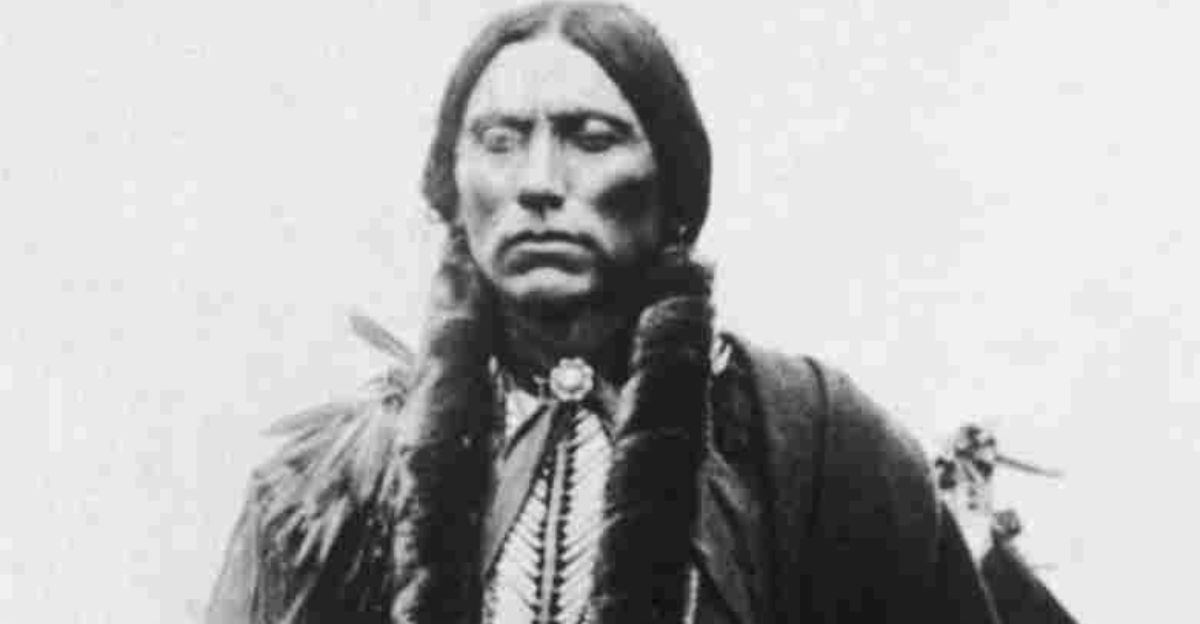
Significant lessons about contemporary strategy, leadership, and organizational resilience can be learned from the Comanche legacy. Their mastery of mobility and psychological warfare offered a blueprint for asymmetric conflict, and their decentralized structure allowed for quick adaptation. The strength of adaptable identity and inclusive leadership is demonstrated by the Comanche’s capacity to integrate outsiders and forge alliances.
The importance of decentralized command structures that support local decision-making while preserving cultural cohesion is especially highlighted by the Comanche model. Their use of psychological strategies to sway opponents’ opinions provides information about contemporary influence operations and information warfare.
Final Thoughts: The Comanche’s Untapped Power
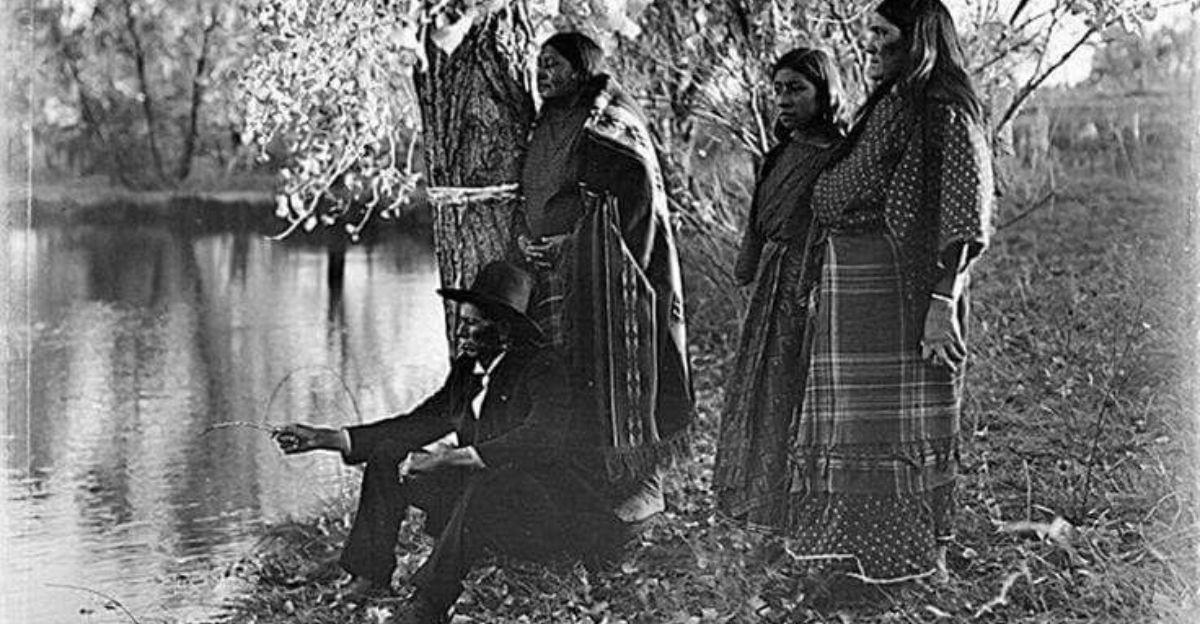
The Comanche’s untold story is not just one of resistance or survival; rather, it is the tale of a Native American empire that reshaped power according to its own rules. Their inventiveness, brutal efficiency, and readiness to adapt and assimilate were the foundations of their dominance. The Comanche delayed colonization and changed the North American map by making American and European powers face their might.
The teaching and understanding of history must fundamentally change in order to acknowledge the Comanche empire, placing more emphasis on indigenous contributions to political and military history rather than ignoring them. Their tale provides a potent counter-narrative to prevailing Eurocentric histories, enhancing our comprehension of empire, sovereignty, and cultural resiliency.

